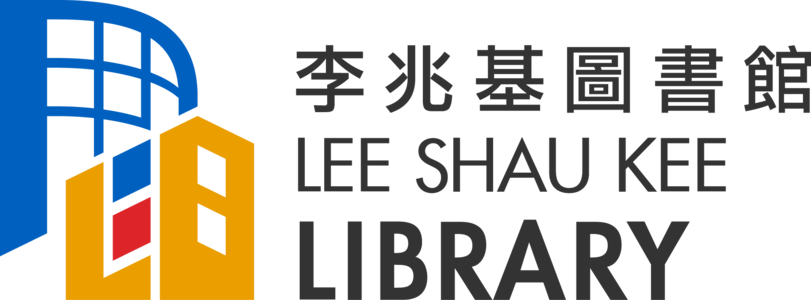How do you communicate your research to peers and other scholars? How accessible are your research papers? Are they available only to readers who subscribe to the journals you publish in?
What is Open Access?
Open Access (OA) is the free-of-charge, immediate, online availability of research output combined with the rights to use the output. Research output typically means journal articles, but it can also include working papers, conference papers, books, dissertations, research data and other research artifacts. The keys that make OA possible is the digital means to host the output on the Internet for access, and the consent of the author or copyright-holder.
Why OA?
Research is advanced through wide sharing of results; only then the investment in research can be maximized. While much research is fueled by government funding or agencies for the public good, the results are often published in articles hidden behind publishers’ paywall. With the effort of OA advocates, increasing number of universities and funding agencies set up policies that encourage or mandate open access of research publications. In Hong Kong, RGC requires PC/PI to make the final publications openly accessible immediately or no later than 12 months after publication (see paragraph 35 of Disbursement, Accounting and Monitoring Arrangements July 2015); while HKBU has an open access policy for their researchers.
How to make something OA?
If we talk about articles, on which most of the OA discussion focuses on, there are two major ways for open access:
- Self-archiving at a site controlled by the authors or institutions
HKUST researchers can archive their work at the HKUST Institutional Repository (IR) created and managed by the Library. If the work is published or to be published in a journal, depending on the terms on the copyright transfer agreement that the authors sign, the authors may have the rights to archive the pre-print version, accepted manuscript or the published version of the work in the IR. The self-archiving method is sometimes called “green OA”. - Open access journals
Many publishers provide open access options for authors to make their work immediately available to all readers. Usually authors choosing such options are required to pay article processing charge (APC), which can vary from around USD1,000 to 5,000 per article. Some journals are fully open access, while some are “hybrid”, meaning that in the same journal some papers are openly accessible and some are subscription-based. Making a paper OA by paying APC is sometimes labelled as “gold OA”.
Considerations when you publish
Be aware of your copyrights and your obligations to the funders
Observe your funder’s OA policies. If you are required to make your papers OA either immediately or after an embargo period (e.g. 12 months) after publication, you should make sure you retain such rights when signing the copyright agreement with publishers.
Send a copy of your work to the HKUST Institutional Repository
Many publishers allow authors to self-archive a version of the paper in an open access repository. Check the terms on the copyright agreement or the publisher’s website. If you have any doubt, ask a librarian.
References
- SPARC
- Guide to Open Access Publishing by Cornell University Library
- ROARMAP: The Registry of Open Access Repository Mandates and Policies
Hits: 6436
Go Back to page Top
- Category:
- Academic Publishing
Tags: institutional repository, open access
published January 21, 2019
last modified March 11, 2022


